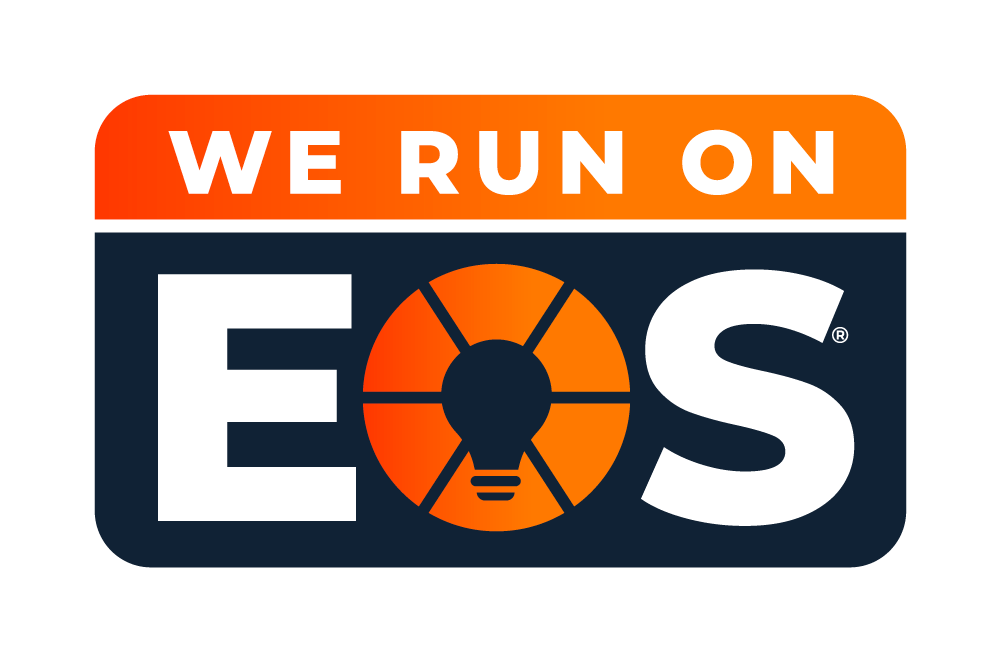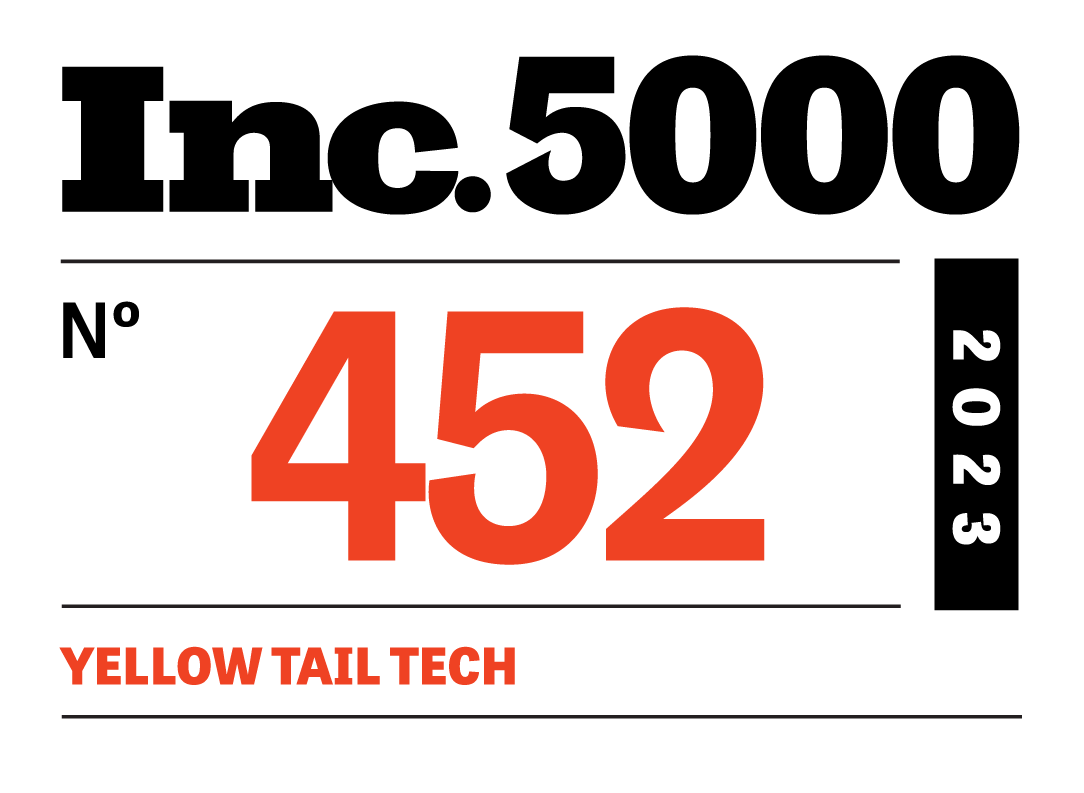Women in open source are rewriting the script, one line of code at a time. Their work accelerates our journey forward, illuminating the road ahead. Cutting-edge tech innovation boiled down to its essence is simply people working together, openly sharing ideas and skills to build something radically better. One sobering reality check is that women still don’t have a level playing field when it comes to participating and having a say.
When tech solutions stagnated, diversity kicks in as the game-changer, injecting a much-needed dose of creativity and innovation. Think about it: the people behind open-source projects are only as strong as their collective perspectives. When everyone has a seat at the table, the tech that emerges is more innovative, more resilient, and more fitting for its users.
Where are we now, and where are we headed? This article takes stock of women’s participation in open source, highlighting both the triumphs and the difficulties, as we forge a path towards a more equitable and innovative tech future.
The Current Landscape of Women in Open Source
The CompTIA State of the Tech Workforce 2023 report reveals that women make up around 26% of the tech workforce, underscoring the gender gap in the industry. Companies particularly underrepresent women in open source.
Women’s involvement in open source is a complex mix of advancements and ongoing obstacles. Research indicates that despite efforts to boost diversity, the number of female contributors to open-source projects still needs to grow. That is despite the open-source community’s ethos of inclusivity and collaboration.
Gender diversity in technology is crucial. Diverse teams contribute various perspectives, ideas, and experiences, fostering innovation and creativity. The study “Insights into Female Contributions in Open Source Projects” highlights the value of diverse perspectives in creating thorough and user-friendly project solutions. Gender diversity is essential for product development as it helps develop products that cater to a broader audience, making technology more accessible and relevant.
Although there are benefits, achieving equal representation is filled with challenges. Women encounter various obstacles in the tech industry. Acknowledging these challenges is the first step in overcoming them.
Barriers to Women’s Participation in Open Source
Women in the open-source community face numerous obstacles that limit their involvement and impact. One major challenge is the unequal representation of women in projects, leading to feelings of isolation and hindering their participation. This imbalance worsens due to noninclusive communication practices. The study “Women in Open Source: We Need to Talk About It” sheds light on how male-dominated communication channels can create a hostile environment for women, hindering their involvement and project input.
Some open source communities have a toxic culture, often marked by sexism, harassment, and discrimination. These settings harm women’s well-being and hinder innovation by excluding essential viewpoints. Women often face invisible barriers hindering their progress in leadership roles within their communities and projects, known as the glass ceiling effect. Although skilled and making significant contributions, they need more opportunities for recognition and advancement.
Gender-biased peer review processes worsen these challenges. Research and real-life stories indicate that women’s contributions are frequently judged more critically than men’s, which can deter women from participating in open-source projects. Highlighting the need to tackle biases is crucial for a fairer tech environment.
Tackling these obstacles is vital for the progress and success of women in the open-source community and for the projects’ overall health and creativity. Identifying and breaking down these barriers is a shared duty that demands united action from all community members to create a welcoming, respectful, and supportive atmosphere.
Women’s Contributions and Achievements
Bold innovators in the open source community, women have powered monumental projects and shaken up the status quo with their tech savvy. With its Women in Open Source Award, Red Hat proudly acknowledges the resilience and creativity of women Driving forward the industry. Saluting trailblazers like Megan Byrd-Sanicki and Netha Hussain, who’ve left an indelible mark on their respective fields.
Byrd-Sanicki takes the credit for shaping communities that are not only open-source but also totally committed to going green. At the Drupal Association and Google’s Open Source Program Office, she made her presence felt in a big way. With a twofold focus on corporate connections and team member care, she’s successfully led projects that tangibly benefit both the community and her team.
Netha Hussain’s imprint on Wikipedia’s medical knowledge base, both an astonishing accomplishment and a testament to her innate fairness, rightfully places her among the most vocal and forceful advocates for women and LGBTQ+ individuals today. Imagine being able to grasp complex medical concepts without needing a medical degree – that’s what open source can achieve by simplifying health information.
Every day people join forces as within the Opensource.com community, a dynamic convergence of curious minds and creativity sparked by open-source ideologies takes center stage. Women in tech, such as Amy June Hineline, have boldly marked their territory with diverse achievements. These women aren’t just contributing to open source – they’re actively shaping its direction. From vital research initiatives to strong community bonds and intense digital advocacy, their impact knows no bounds.
We’re just getting started in spotlighting the accomplishments of women in open source – there’s a wealth of stories waiting to be told. Recognition of women’s achievements is on the rise in the open source community, yet stark gender disparities remain – a clear call to action for change.
Strategies for Inclusion and Support
Open-source communities are now prioritizing gender diversity and adopting various strategies to support and include women. Imagine having a personal guide who’s been in your shoes, offering wisdom and introduction to influential people in your field – that’s what mentorship programs can provide for women looking to advance. Through direct action, women participating in these initiatives can shove aside technical roadblocks, claim their spot as authorities in open-source projects, and bring their unique voices to the table.
Think of a code of conduct as a promise to prioritize people’s well-being and create a space where everyone can grow and contribute without fear of harassment or discrimination. The community’s standards on harassment and discrimination are crystal clear: respect is the minimum expectation. Foster a welcoming vibe in open source projects and you’ll find more women and marginalized groups feeling at home.
When women gather in online communities or at conferences, a powerful synergy emerges, born of shared experiences, mutual support, and collective strategizing to conquer the hurdles that stand in their way. Outreachy’s success, as showcased in a Technopedia report, demonstrates the effectiveness of programs aimed at boosting women’s involvement in open source. It all started with a push to get more women involved in the GNOME project, and before long, Outreachy had mushroomed into a program supporting 30 high-achieving interns who went on to leave their mark on kernel development and patches.
Although we are progressing in promoting inclusivity, there is still room for enhancement. Establish programs that warmly welcome women from all walks of life, addresses that update rules to tackle fresh challenges, and perks that back women-centric hubs. Imagine a space where female voices are heard, their talents are showcased, and they’re driven to push boundaries and spark change – that’s what we’re striving for in open source.
Looking Forward
Open source communities are at a crucial point in their quest for inclusivity and diversity. They are recognizing the issue of women’s underrepresentation and are actively working to overturn it. Across these communities, piecemeal progress is being made to shrink the persistent gender gap, with achievement levels all over the map.
Closing the gender gap demands that we hammer home the importance of education and outreach – it’s the perfect combination to spark real progress. Take Outreachy, for instance. By providing internships to underrepresented groups, this initiative has helped create a more diverse open-source community, proving that education can be a powerful equalizer. Companies like Yellow Tail Tech hold a rich cultural diversity is our hallmark, with students hailing from varied nationalities, age groups, and ways of thinking. and it’s time to pass the torch: women are stepping up to lead operations and making their mark. In tech education, painting a diverse picture makes all the difference – let’s explore the effect it has.
The vitality of open source hangs in the balance, waiting for the community to rise up and create an ecosystem that truly lifts up and supports women – every step of the way. To truly accommodate different lifestyles and commitments, we need to explore new formats – think flexible contributions, tech-enabled remote access, and dedicated spaces for women to thrive.
Imagine an open-source community where women’s successes are celebrated, and girls are inspired to follow in their footsteps – that’s the future we can create. Open source communities thrive when they cultivate diversity of thought and lived experience; it’s here that the boundaries of innovation are pushed, and the seemingly impossible becomes achievable. Think about it – what if every woman was revered for her integral part in writing our story, one filled with struggles, triumphs, and undeniable resilience?
The Bottom Line
Ultimately, striving for gender diversity and inclusion in the open-source community presents challenges and rewards. Barriers like a lack of peer parity, noninclusive communication, and a toxic culture can impede women’s participation. Women have made undeniable contributions and achievements in open source, enriching the ecosystem with innovation and creativity.
Mentorship programs, codes of conduct, and women-specific spaces effectively promote inclusivity. In the future, education and outreach efforts, like those at Yellow Tail Tech, will be crucial for building a more diverse community.
Let’s keep championing and honoring the valuable contributions of women in open source as we move towards a more inclusive tech landscape. Be part of the push for a tech world that welcomes everyone. Book a 10-minute intro call now to discover how to get involved with Yellow Tail Tech.









